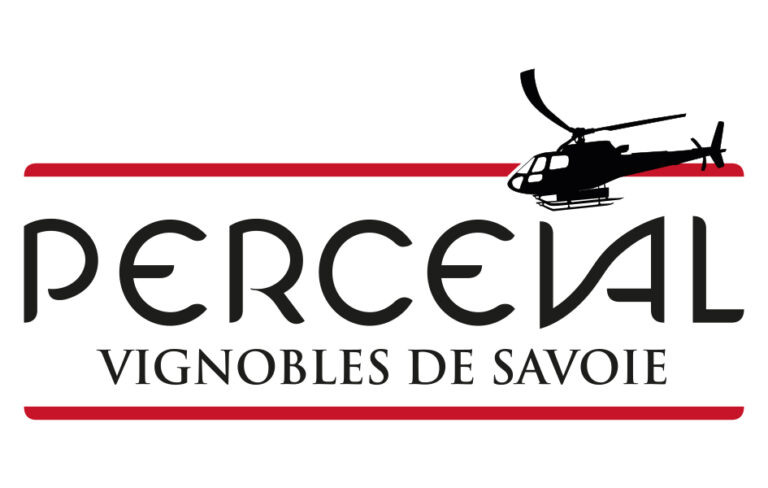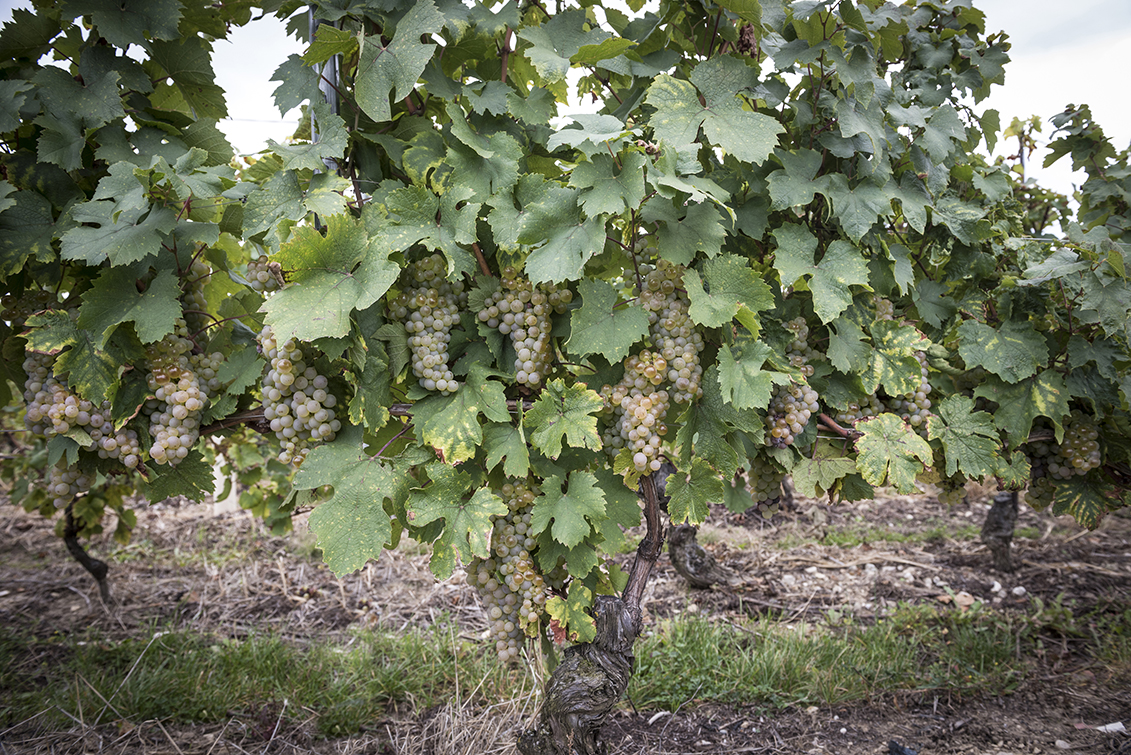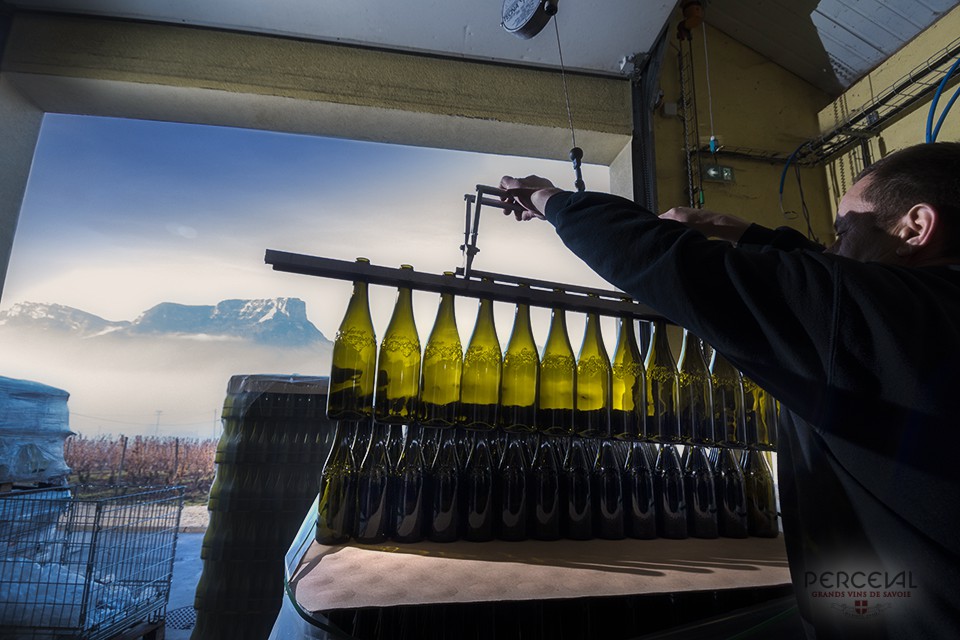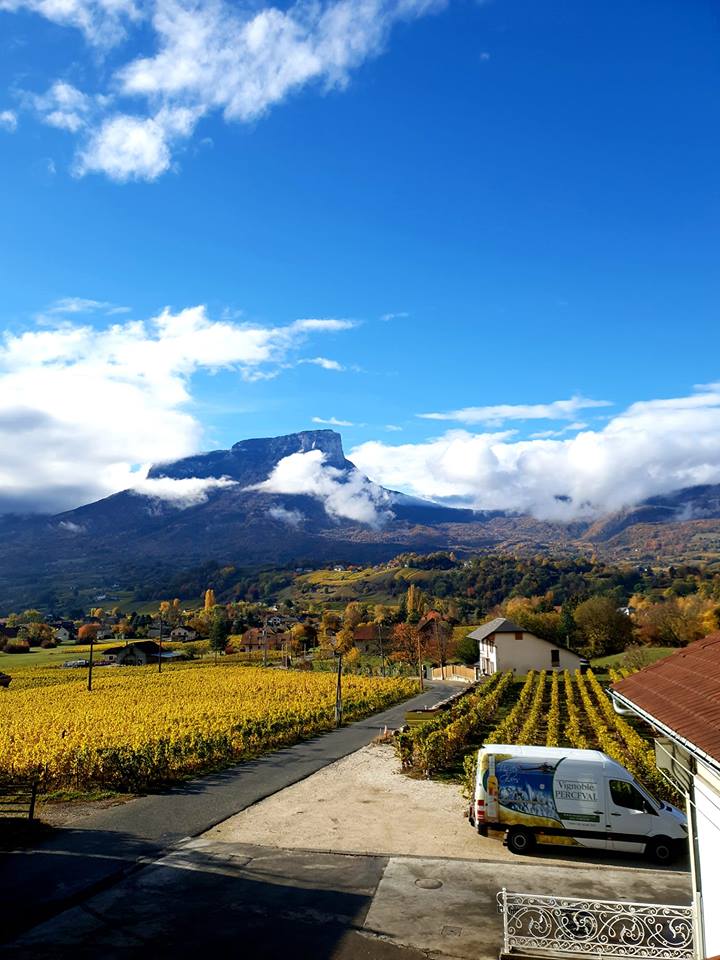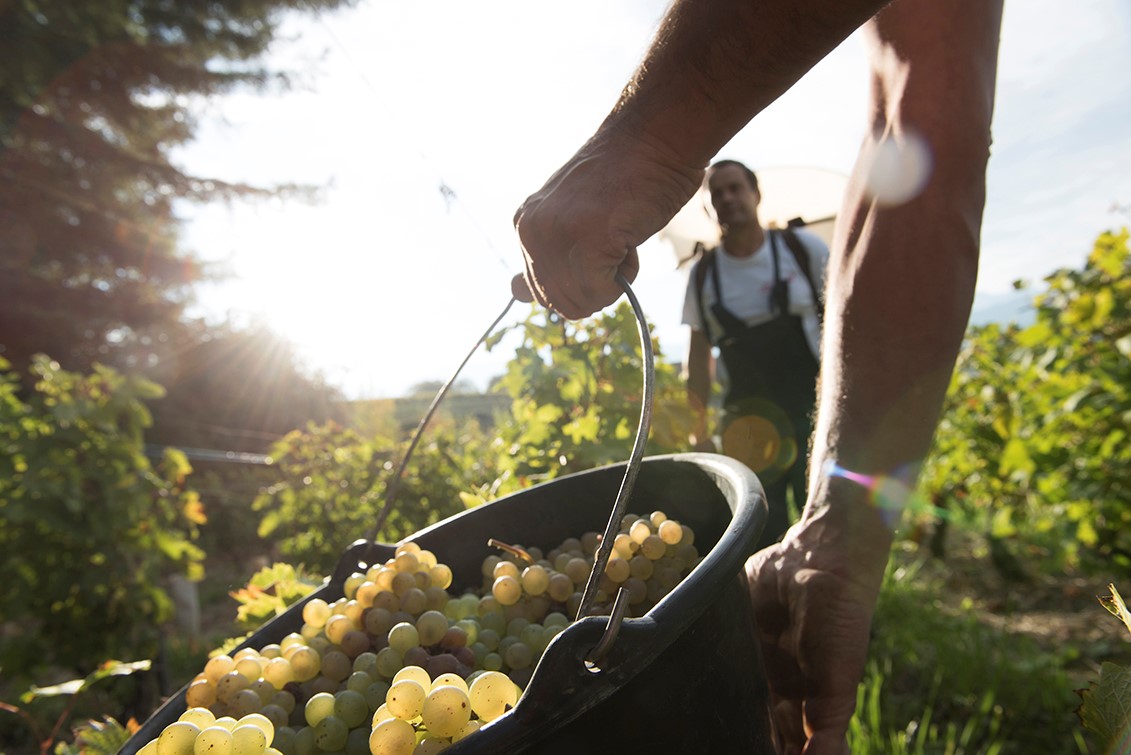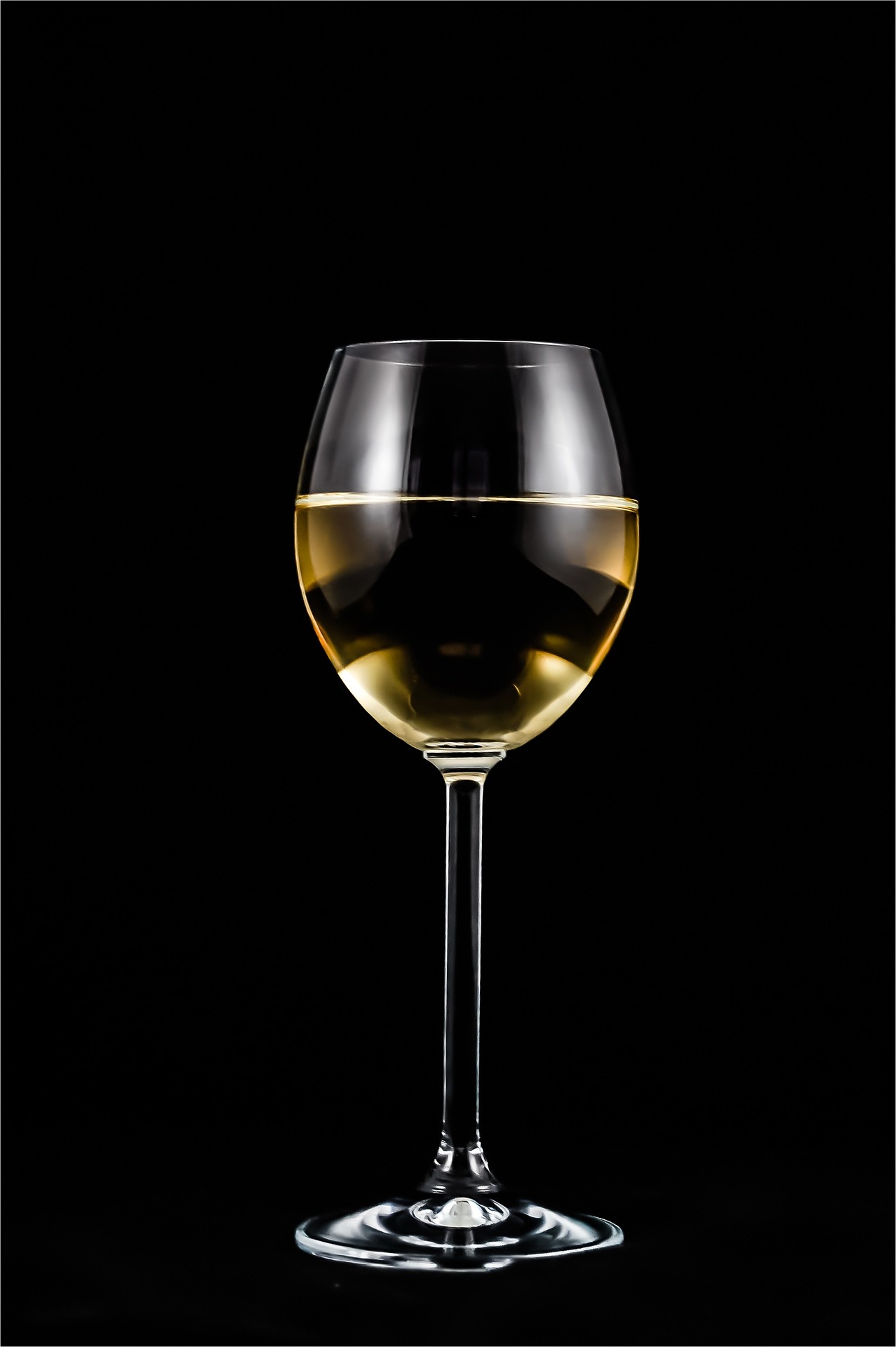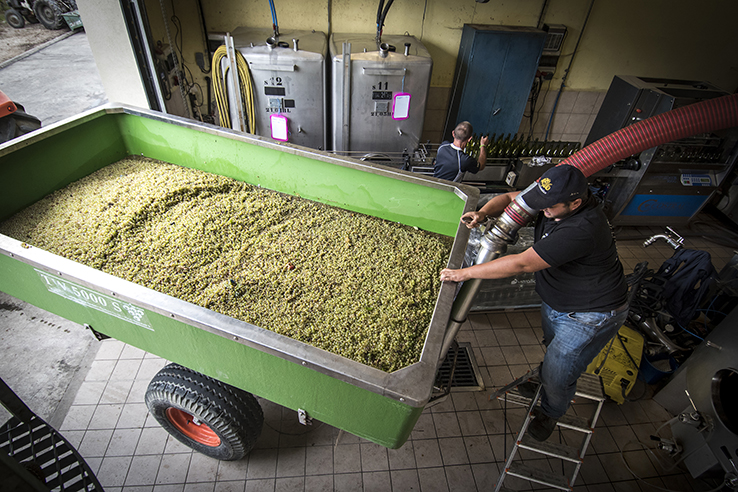
Recognized AOCs
Three denominations have the AOC label:
- Roussette de Savoie
- Seyssel
- Vin de Savoie
- The Crémant de Savoie (sparkling) is in the process of obtaining the AOP.
These appellations produce 130,000 hectoliters of wine per year, 80% of which is white wine.
Sixteen geographical denominations can add their name to the AOC Savoie wine: Abymes, Apremont, Arbin, Ayze, Chautagne, Chignin, Chignin-Bergeron or Bergeron, Crépy, Cruet, Jongieux, Marignan, Marin, Montmélian, Ripaille, Saint-Jean-de-la-Porte, and Saint-Jeoire-Prieuré
Climate in Savoie
The vineyard, offering many varieties, benefits from a climate of mountain type, from continental to Mediterranean. Every 116 meters the temperature drops by 1°C. Above 600 meters the temperature increases by 1° every 247 meters.
The vineyards can experience periods of frost of up to 100 days per year, especially in the valleys. The dominant winds come from the west and bring a lot of humidity but also regulate the temperatures. Rainfall is between 1000 and 1200 mm/year. The sunshine is between 1874 hours and 2000 hours per year.
East of Chambéry, the Combe de Savoie is located between the Chartreuse and the Massif des Bauges regional nature parks.
The vineyards can experience periods of frost lasting up to 100 days a year, especially in the valleys. Prevailing winds come from the west, bringing plenty of humidity but also regulating temperatures. Rainfall is between 1000 and 1200 mm/year. Sunshine is between 1,874 and 2,000 hours a year. To the east of Chambéry, the Combe de Savoie lies between the Chartreuse and Massif des Bauges regional nature parks.
